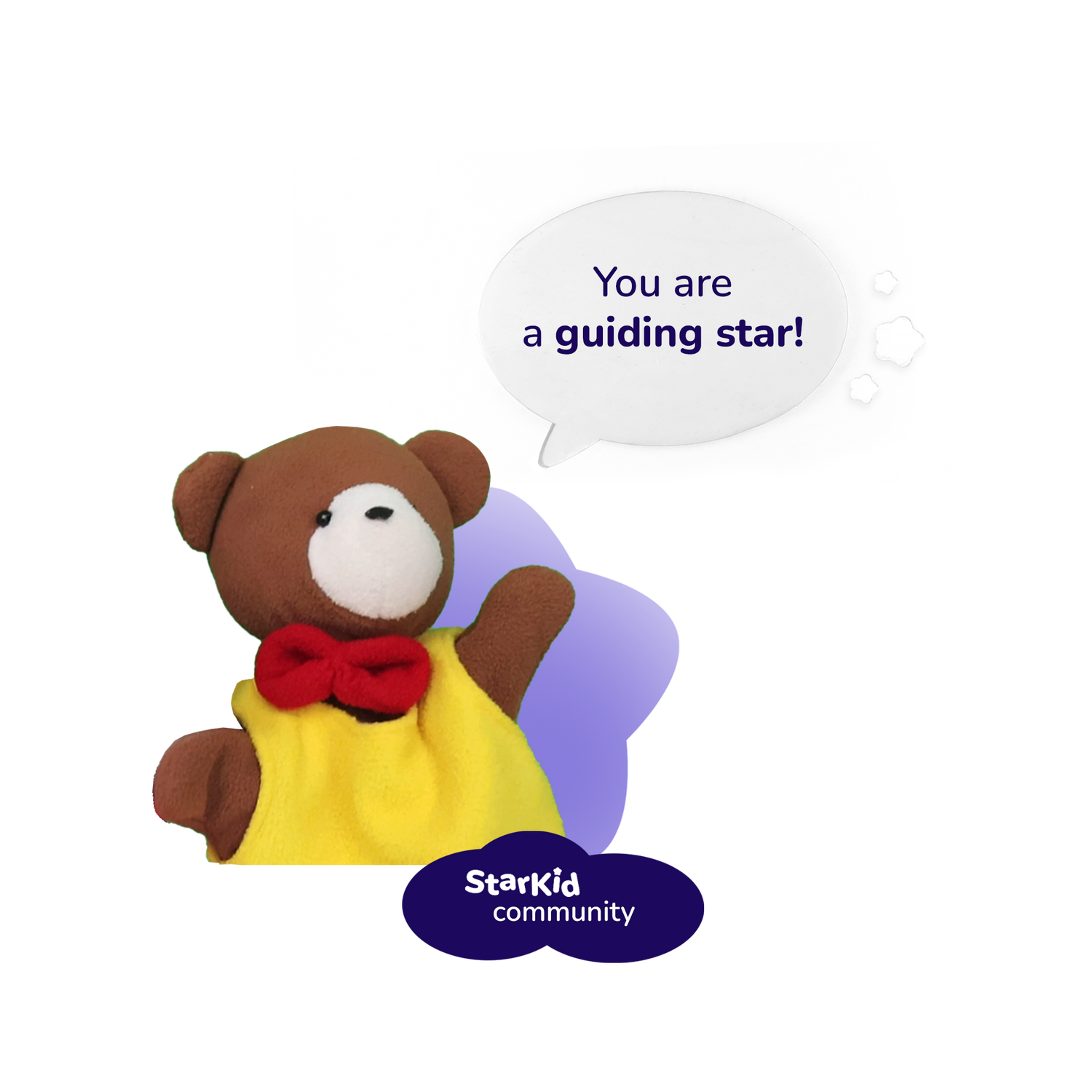Estimated Reading Time: 13–15 minutes
Table of Contents
Puzzle Games: Strengthening Focus and Logic
Board Games: Teaching Strategy Through Play
Creative Play: Building Brains Through Imagination
Memory Games: Training the Brain to Recall and Recognize
Educational Apps and Digital Games: Learning in a New Dimension
Mindfulness for Mental Clarity and Self-Awareness
Expert Insight: Dr. Stuart Brown on Play Science
Conclusion: Smart Play for Brighter Days
In today’s tech-saturated world, where tablets and phones often replace toys and books, finding activities that genuinely engage and stimulate a child’s mind can feel like a challenge. Yet, games — whether traditional, creative, or digital — remain powerful tools for development when used intentionally.
Games offer more than entertainment; they cultivate critical thinking, memory, creativity, emotional regulation, and even social intelligence. When selected with purpose and played with presence, games become gateways to lifelong learning.
This article highlights a variety of game types designed to boost mental stimulation and cognitive development in children, drawing from neuroscience, education, and play therapy research.
Puzzle Games: Strengthening Focus and Logic
Puzzle games are more than just pastimes—they are mental workouts. From jigsaw puzzles to 3D brain teasers, these activities boost concentration, develop logic, and enhance spatial awareness.
Why Puzzles Matter
Research shows that puzzles engage multiple cognitive processes, including:
- Visual processing
- Short-term memory
- Fine motor coordination
- Executive functioning (Sullivan et al., 2011)
For younger children, wooden shape puzzles or animal-themed matching games build fine motor skills and problem-solving foundations. For older kids, logic puzzles like Sudoku, mazes, or escape-room style riddles stretch their minds further.
Benefits:
- Enhances memory and concentration
- Develops problem-solving strategies
- Encourages persistence and delayed gratification
Play tip: Involve your child by solving puzzles together. Ask questions like, “What piece do you think comes next?” or “Why did you choose that one?” This builds metacognitive awareness — thinking about thinking.
Board Games: Teaching Strategy Through Play
Classic board games aren’t just nostalgic — they’re deeply educational. Games like Chess, Scrabble, and Monopoly each offer unique cognitive benefits:
- Chess teaches planning, pattern recognition, and decision-making under pressure.
- Scrabble strengthens vocabulary, spelling, and quick recall.
- Monopoly introduces financial literacy, negotiation, and turn-taking.
The Science Behind It
Board games enhance the prefrontal cortex—the brain’s center for planning, logic, and social regulation (Ramani & Siegler, 2008). Additionally, playing games together supports emotional development, teaching how to win and lose gracefully, take turns, and collaborate.
Benefits:
- Encourages strategic and critical thinking
- Improves language and numeracy skills
- Enhances social interaction and self-control
Play tip: Choose games based on your child’s current emotional and cognitive needs. Co-op games like Outfoxed! or Race to the Treasure are perfect for teaching collaboration in early childhood.
Creative Play: Building Brains Through Imagination
Creative play might look simple on the surface — just some kids building a spaceship out of cardboard or molding a dragon out of Play-Doh. But underneath, this kind of play activates the brain’s most complex and integrative networks, supporting everything from language development to emotional intelligence.
When children are free to explore their imagination through building blocks, crafting, drawing, or make-believe, they learn how to solve problems, adapt to unexpected outcomes, and express inner experiences. They also strengthen something called divergent thinking — the ability to generate multiple ideas from a single starting point (Runco & Acar, 2012).
Creative Play in Action:
- Lego or Magnetic Tiles: Teach children about balance, symmetry, and architecture. Encourage them to create a “city” or design their dream home, then tell you about the characters who live there.
- Play-Doh, clay, or kinetic sand: Build fine motor control while supporting imaginative storytelling. Ask, “Who is this creature?” or “What happens next in their story?”
- Drawing and painting: Encourage open-ended art with no “correct” outcome. Let them explain their masterpiece, which boosts narrative thinking and emotional vocabulary.
- Dress-up and role-play: Offer simple costumes and props to become astronauts, chefs, teachers, or animals. This kind of make-believe improves theory of mind—the ability to understand others’ perspectives.
Benefits:
- Fosters creativity, invention, and imagination
- Enhances cognitive flexibility and “thinking outside the box”
- Develops narrative skills and emotional expression
- Builds problem-solving through trial and error
Creative Play as a Social Tool:
When done in groups, creative play becomes a collaborative negotiation process. Children must share materials, build on each other’s ideas, resolve disagreements, and plan together. These are the same executive functioning and social-emotional skills that adults need in work and relationships.
Neuroscientific research supports the idea that unstructured creative play improves memory, emotional processing, and flexible cognition, particularly in early childhood (Benedek et al., 2014; Russ & Wallace, 2013).
In short, imaginative play is not a break from learning—it is learning. And best of all? Children love it.
Memory Games: Training the Brain to Recall and Recognize
Games like matching cards, Simon Says, and “What’s Missing?” are excellent for strengthening working memory, pattern recognition, and attention span.
Cognitive Gains from Simple Games
Even brief memory exercises have been shown to improve executive function in young children (Diamond & Lee, 2011). Consistent practice with memory games builds processing speed and the ability to filter distractions, both essential for academic success.
Benefits:
- Boosts short-term memory and recall
- Enhances focus and selective attention
- Strengthens recognition and sequencing
Play tip: Rotate memory games frequently to challenge the brain. Add new visual themes, sound cues, or even emotional facial expressions for an extra level of development.
Educational Apps and Digital Games: Learning in a New Dimension
The digital world is here to stay—and when used with intention and care, it can become a powerful partner in your child's learning journey. Contrary to the belief that screen time is always detrimental, research shows that certain educational video games and apps can enhance brain development, particularly in areas of problem-solving, memory, and flexible thinking (Granic et al., 2014).
The key lies in quality over quantity. Not all digital games are created equal. The best ones combine interactivity, challenge, creativity, and adaptive learning based on a child’s age and abilities.
What Makes a Good Digital Game?
Look for games or apps that:
- Encourage open-ended play and experimentation (e.g., Minecraft Creative Mode)
- Provide progressive levels that challenge the child without overwhelming them
- Promote literacy, math, or emotional regulation in engaging ways
- Allow for cooperative play or sharing, reducing isolation and enhancing communication
Recommended Tools:
- Minecraft: Beyond the blocks, Minecraft teaches spatial reasoning, planning, teamwork, and even basic coding. Parents can customize "worlds" to suit educational themes.
- Toca Boca series: Especially great for younger kids, these apps promote exploration, role-play, and emotional storytelling.
- Kodable, ScratchJr, and Lightbot: Teach foundational coding skills through interactive puzzles.
- ABCmouse and Khan Academy Kids: Adaptive learning platforms covering reading, math, science, and art for early learners.
Benefits:
- Teaches real-world problem-solving
- Develops logical thinking and planning
- Offers customizable learning paths tailored to the child
- Boosts motivation and engagement in traditionally difficult subjects
Parental Involvement Is Key:
Co-playing or sitting nearby while your child engages in digital games allows you to:
- Ask reflective questions (“What are you building?” “Why did you choose that move?”)
- Reinforce offline learning (“Can you draw what you just made in the game?”)
- Set healthy boundaries and screen-time routines
Studies have found that parental scaffolding during screen time—not just time limits—is what leads to the most positive learning outcomes (Takeuchi & Stevens, 2011).
When used wisely, digital games don’t just entertain—they become portals for curiosity, discipline, and creative thinking.
Mindfulness for Mental Clarity and Self-Awareness
Just like puzzles and strategy games strengthen the brain, mindfulness strengthens the mind-body connection — a foundational tool for emotional regulation and social success.
When children practice mindfulness, they:
- Build attention span
- Develop emotional vocabulary
- Respond instead of react
Simple mindful game idea: Try “Mindful Listening” — sit quietly, close your eyes, and name five sounds you can hear. This encourages sensory awareness and calm focus.
Curious how mindfulness can help your child feel more connected, calm, and confident?
Explore our mindfulness episodes for kids — specially created to support emotional resilience and inner balance. 🌟
Research has shown that mindfulness-based interventions in children can enhance attention, reduce anxiety, and improve classroom behavior (Zenner et al., 2014).
Expert Insight: Dr. Stuart Brown on Play Science
Dr. Stuart Brown, founder of the National Institute for Play, has spent decades researching the role of play in human development. His work reveals that play is not just a luxury but a biological need — essential for healthy brain growth, emotional intelligence, and lifelong resilience.
In his TED Talk “Play is More Than Just Fun,” Dr. Brown explains how play shapes the brain, opens the imagination, and invigorates the soul. According to him, a lack of play during early childhood correlates with higher levels of aggression, anxiety, and reduced social empathy.
Dr. Brown’s research supports the idea that integrating a variety of play types—physical, social, imaginative, and constructive — builds adaptive, thriving children (Brown & Vaughan, 2009).
Learn more about his work at www.nifplay.org
Conclusion: Smart Play for Brighter Days
Games are not just a way to pass the time—they are a vital key to your child’s cognitive, emotional, and social development. Whether it’s solving puzzles, building block castles, remembering card pairs, or even navigating virtual worlds, the right kind of play prepares children for a brighter, more connected future.
The secret? Balance and presence. Mix screen-free and digital games, incorporate social and solo play, and stay engaged with your child’s interests. When games become mindful, intentional, and inclusive, playtime becomes growth time—and the brain blossoms through joy.
References
- Benedek, M., et al. (2016). Brain mechanisms associated with internally directed attention and creativity. NeuroImage, 125, 174–180.
- Brown, S., & Vaughan, C. (2009). Play: How it Shapes the Brain, Opens the Imagination, and Invigorates the Soul. Penguin.
- Diamond, A., & Lee, K. (2011). Interventions shown to aid executive function development in children 4–12 years old. Science, 333(6045), 959–964.
- Granic, I., Lobel, A., & Engels, R. C. M. E. (2014). The benefits of playing video games. American Psychologist, 69(1), 66–78.
- Ramani, G. B., & Siegler, R. S. (2008). Promoting broad and stable improvements in low-income children’s numerical knowledge through playing number board games. Child Development, 79(2), 375–394.
- Sullivan, K., et al. (2011). Cognitive performance following puzzle play. Early Child Development and Care, 181(4), 475–483.
- Zenner, C., Herrnleben-Kurz, S., & Walach, H. (2014). Mindfulness-based interventions in schools—a systematic review and meta-analysis. Frontiers in Psychology, 5, 603.


